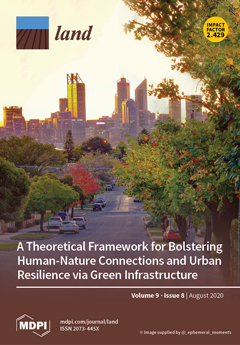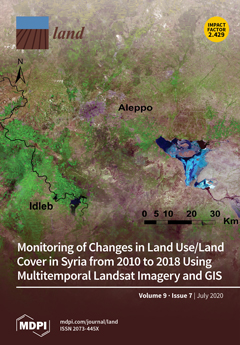A Theoretical Framework for Bolstering Human-Nature Connections and Urban Resilience via Green Infrastructure
Demand for resources and changing structures of human settlements arising from population growth are impacting via the twin crises of anthropogenic climate change and declining human health. Informed by documentary research, this article explores how Urban Resilience Theory (URT) and Human-Nature Connection Theory (HNCT) can inform urban development that leverages urban green infrastructure (UGI) to mitigate and meditate these two crises.





